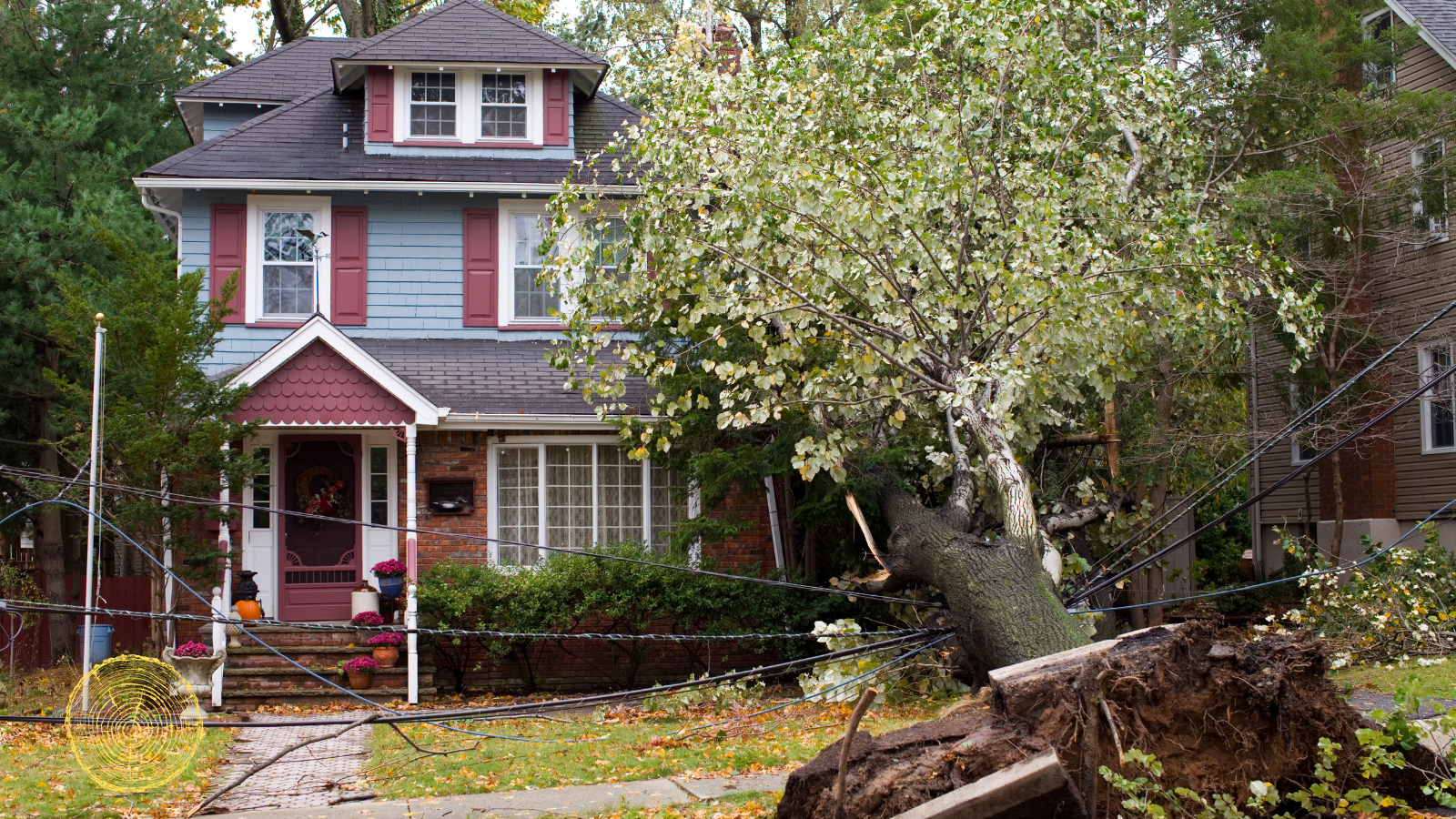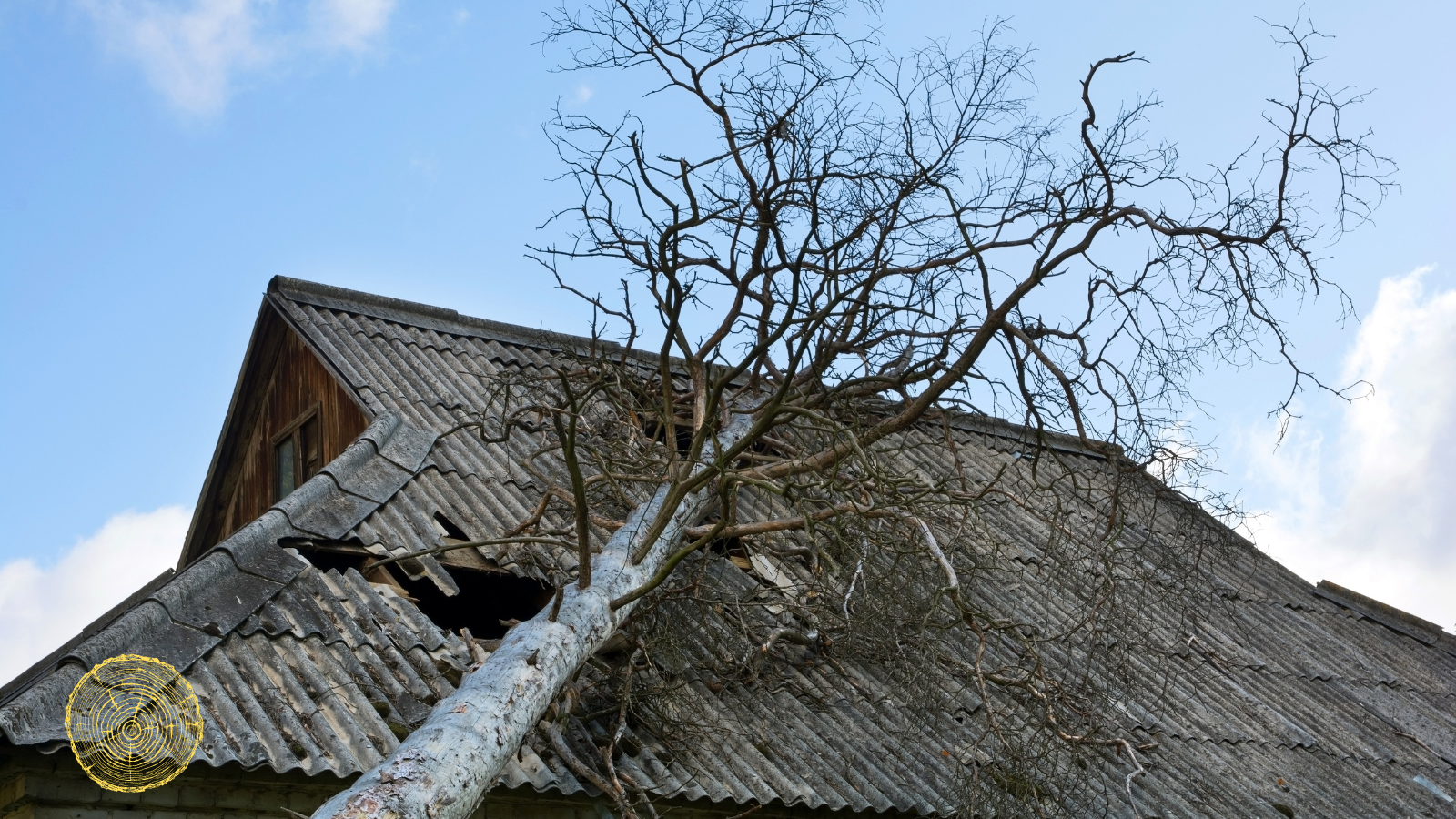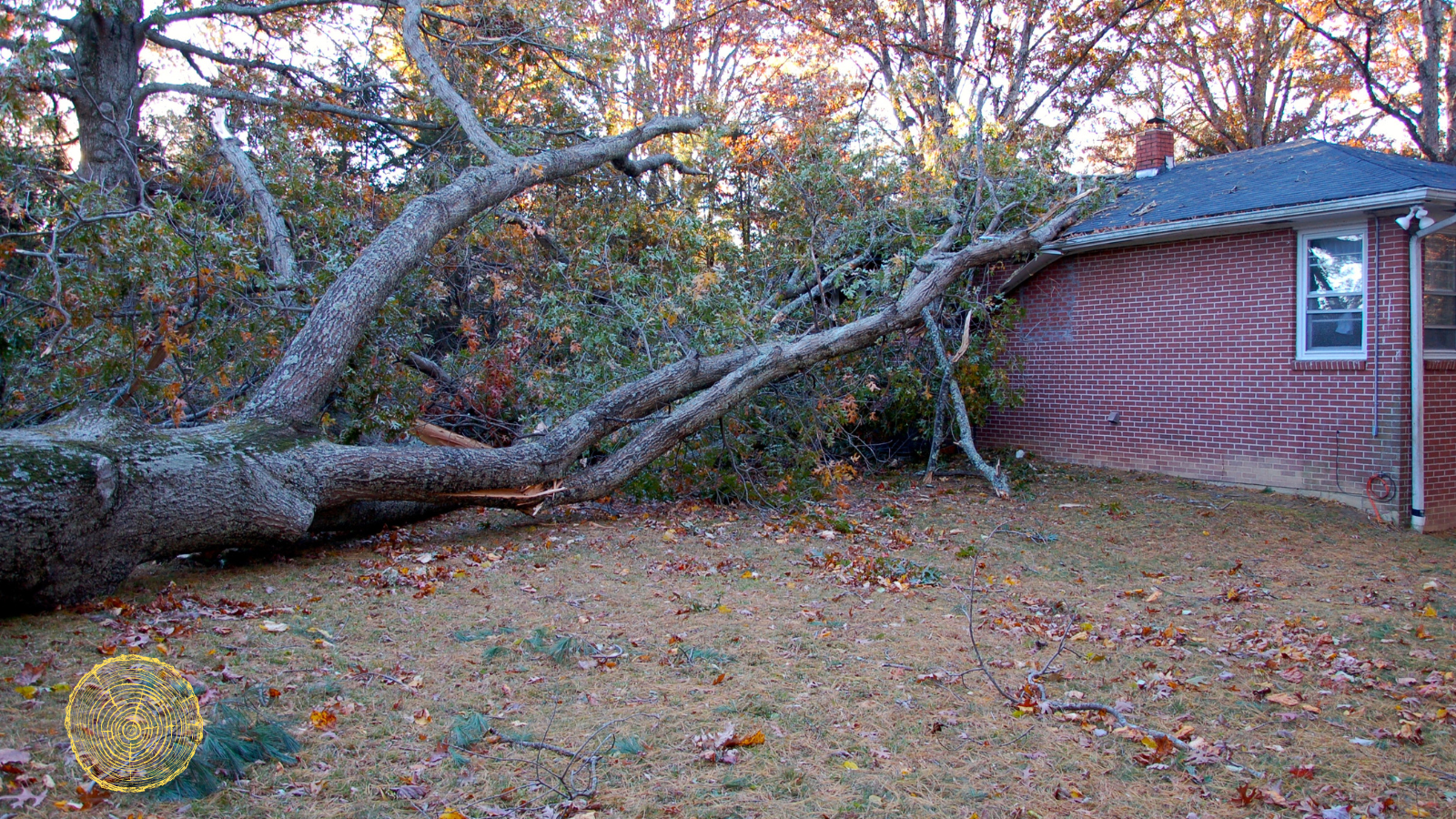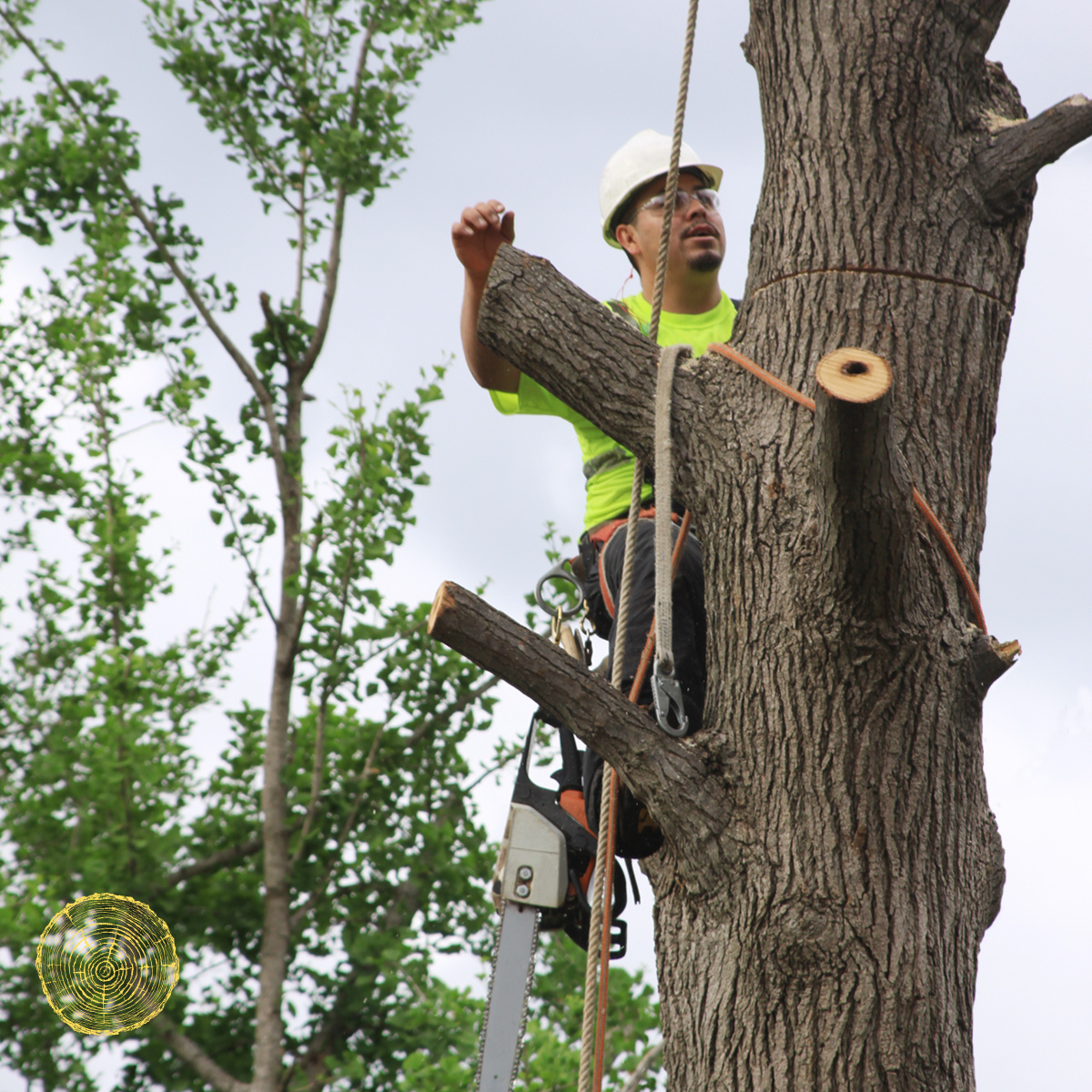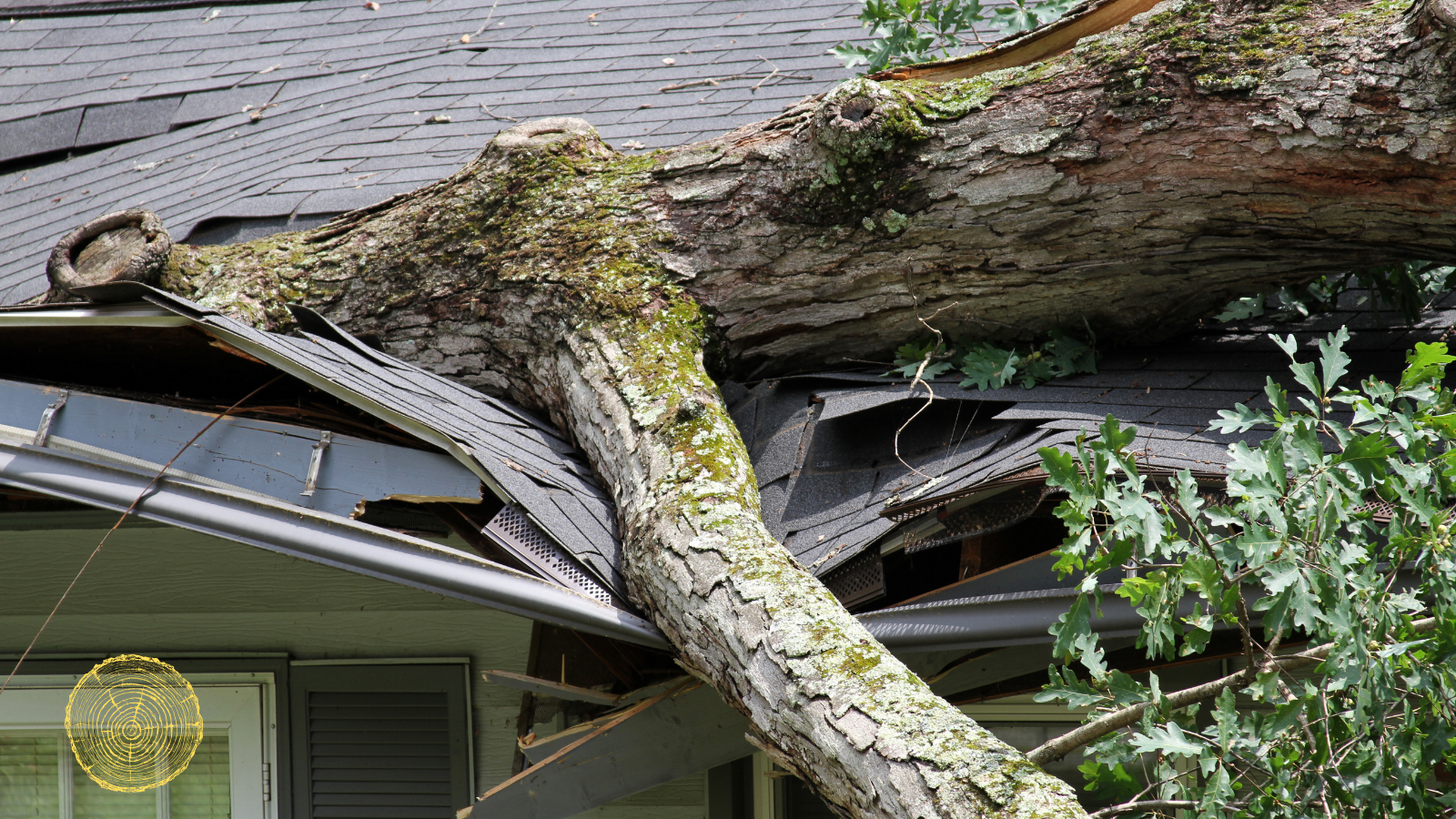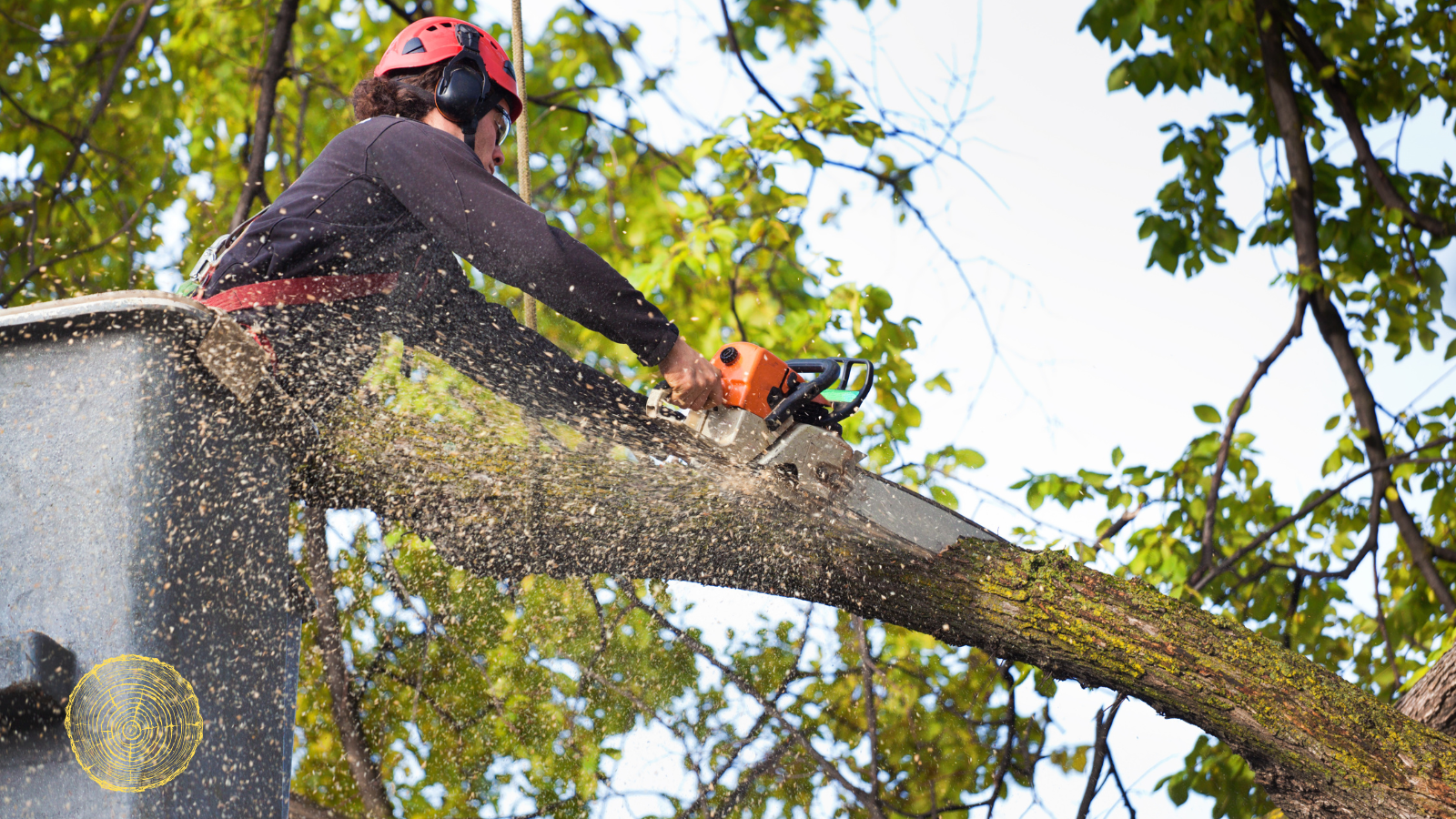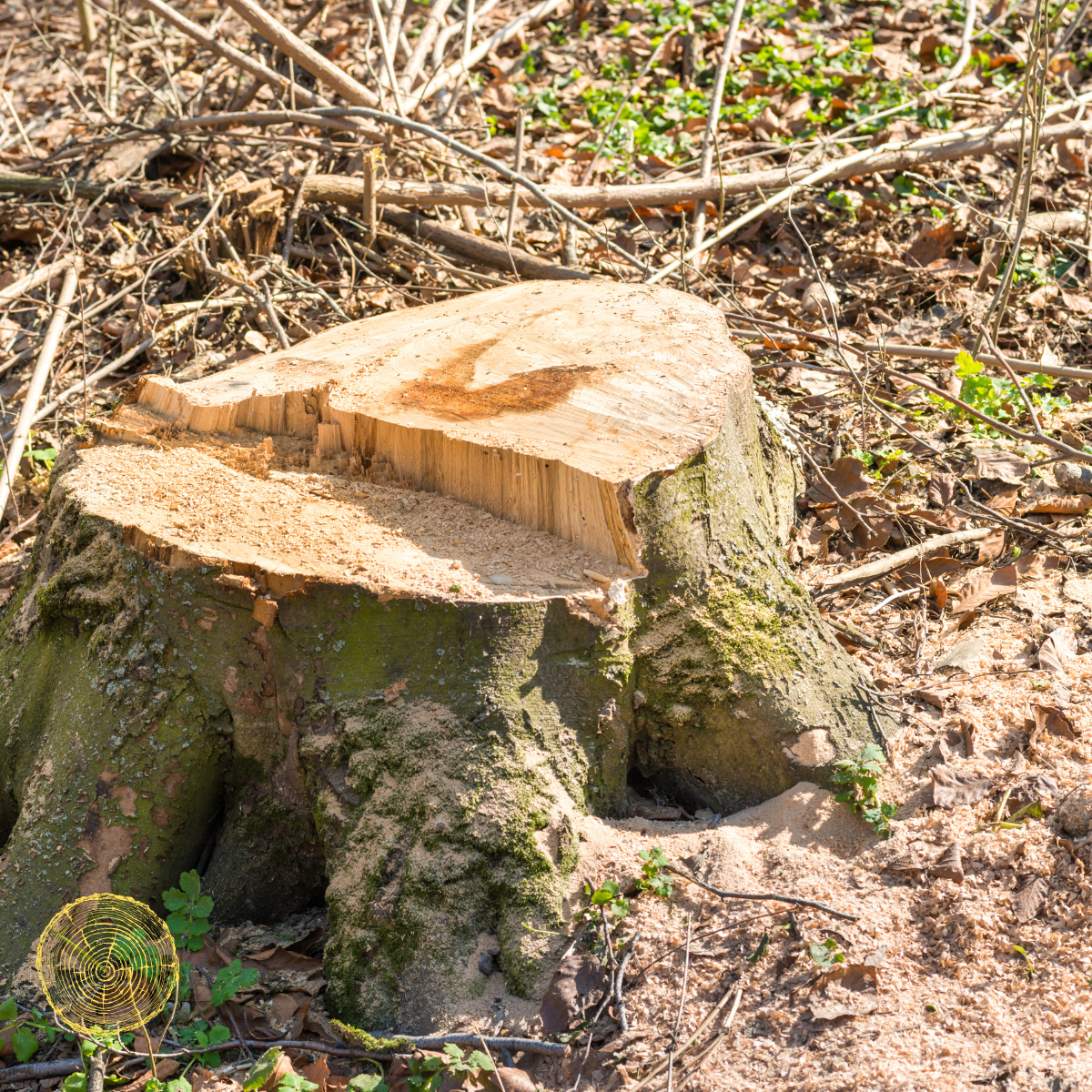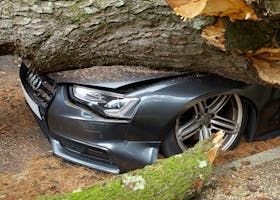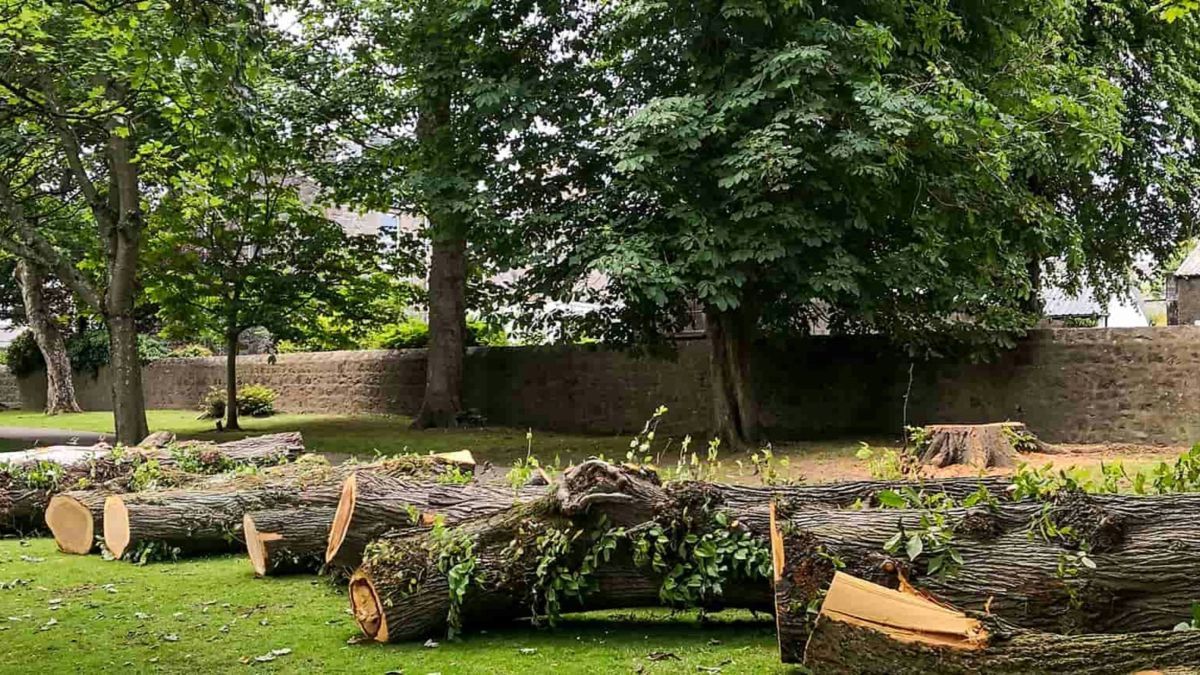How Do I Know If a Tree Is Diseased or Dying? Wichita Tree Health Guide
That magnificent oak tree that's been gracing your Wichita property for decades might be sending you subtle distress signals. Recognizing the early warning signs of tree disease or decline isn't just about preserving your landscape's beauty—it's about protecting your family, home, and neighbors from the risks that come with a failing tree.
Visual Signs of Tree Disease and Decline
Leaf Abnormalities Throughout the Growing Season: Healthy trees in the Wichita area should have full, vibrant foliage appropriate for the season. Watch for leaves that are discolored outside of normal fall changes, spotted with unusual patterns, wilting during adequate moisture conditions, or dropping prematurely. In Kansas, where we experience hot summers and variable spring weather, some leaf stress is normal, but persistent problems indicate deeper issues.
Bark Changes and Abnormalities: The bark is your tree's protective skin, and changes here often signal internal problems. Look for areas where bark is cracking, peeling, or falling off in unusual patterns. Soft, spongy bark that gives way under gentle pressure indicates decay. Dark staining or "bleeding" from the bark can signal bacterial infections common in our humid Kansas summers.
Unusual Growth Patterns: Diseased trees often exhibit stunted growth, asymmetrical development, or excessive sprouting from the trunk or base. These "water sprouts" or "suckers" indicate the tree is stressed and attempting to survive by producing new growth from stored energy reserves.
Fungal Growth and Mushrooms: Perhaps the most obvious sign of trouble is visible fungal growth. Mushrooms growing at the base of the tree, on the trunk, or on major branches indicate internal decay. In Wichita's climate, fungal problems can develop quickly during our wet spring periods and persist through summer humidity.
Structural Warning Signs
Branch Dieback and Dead Wood: Progressive branch death, especially starting from the top of the tree and working downward, is a classic sign of decline. Dead branches pose immediate safety risks and indicate the tree's inability to maintain its full canopy. This is particularly concerning for large trees common in established Wichita neighborhoods like Riverside, College Hill, and Crown Heights.
Trunk and Branch Cracks: Cracks in the main trunk or major branches can indicate structural failure is imminent. These may be caused by disease, storm damage, or the tree's inability to support its own weight as internal decay progresses. Even small cracks can expand rapidly, especially during Kansas weather extremes.
Root System Problems: While often hidden underground, root problems manifest in several visible ways. Look for exposed roots that appear dark, soft, or have a foul odor. Construction damage is common in developing areas like Maize, Andover, and Derby, where new building may have severed or compacted root systems.
Species-Specific Diseases Common in Wichita
Oak Wilt: This devastating fungal disease affects the numerous oak trees throughout the Wichita metro area. Early signs include wilting and browning of leaves that starts at the tips and edges, progressing rapidly through the tree. Red oaks are particularly susceptible and can die within weeks of infection. White oaks may survive longer but will gradually decline.
Emerald Ash Borer Damage: While not a disease, this invasive insect creates conditions that lead to rapid tree death. Signs include D-shaped exit holes in the bark, increased woodpecker activity, and canopy dieback starting in the upper portions of ash trees. Given the number of ash trees in Wichita, this pest represents a significant threat to our urban forest.
Dutch Elm Disease: Though less common than historically, this disease still affects elm trees in Kansas. Watch for yellowing and wilting of leaves on individual branches, often in a "flagging" pattern where isolated branches die while others remain healthy initially.
Fire Blight: This bacterial disease affects ornamental trees like crabapples and Bradford pears, which are common in Wichita landscaping. Infected branches appear burned or scorched, with leaves turning black but remaining attached to the tree.
Environmental Stress Indicators
Drought Stress: Kansas weather can be particularly hard on trees, with periods of intense heat and limited rainfall. Drought-stressed trees exhibit wilting, early fall color, reduced leaf size, and increased susceptibility to other diseases and pests. Even trees that have been healthy for years can suddenly decline during severe drought conditions.
Construction and Soil Compaction: In rapidly developing areas around Wichita, construction activities can severely damage tree health. Signs include stunted growth, yellowing leaves, and gradual decline over several years following nearby construction. Soil compaction from heavy equipment prevents proper root function even if roots weren't directly damaged.
Salt Damage: Road salt used during Kansas ice storms can accumulate in soil and damage tree roots. Trees near streets and sidewalks may show browning leaf edges, reduced growth, and overall decline, especially following harsh winters with extensive salt application.
Timing and Progression of Tree Decline
Rapid vs. Gradual Decline: Some diseases kill trees quickly—oak wilt can fell a healthy tree in a single growing season. Others progress slowly over several years. Understanding the timeline helps determine urgency for action. If you notice rapid changes, especially during the growing season, professional assessment is crucial immediately.
Seasonal Considerations: Many tree health issues become most apparent during specific seasons. Spring emergence problems, summer stress symptoms, and fall coloration abnormalities all provide different diagnostic clues. In Wichita, our variable spring weather often reveals winter damage and root problems as trees struggle to leaf out normally.
Recovery Potential: Early intervention can sometimes save declining trees, but there's a point of no return. Trees that have lost more than 50% of their canopy, have extensive trunk decay, or show signs of root system failure are typically beyond saving and may represent safety hazards.
Professional Assessment: When to Call an Expert
Certified Arborist Evaluation: While homeowners can identify obvious problems, many tree diseases require professional diagnosis. A certified arborist can distinguish between treatable conditions and those requiring removal. They can also assess whether a declining tree poses immediate safety risks or has time for attempted treatment.
Laboratory Testing: Some tree diseases require laboratory confirmation for proper diagnosis and treatment planning. This is particularly important for oak wilt, which can spread to healthy trees if not properly managed during removal.
Treatment vs. Removal Decisions: Professional assessment helps determine whether a diseased tree can be saved through treatment or poses too great a risk to justify keeping. Understanding the factors that affect tree removal costs can help you make informed decisions about treatment versus removal.
Preventing Disease Spread
Proper Sanitation: If you suspect disease, avoid moving infected plant material around your property. Tools used on diseased trees should be sanitized before use on healthy plants. Some diseases, like oak wilt, can spread through root grafts between trees or through insect vectors attracted to fresh cuts.
Timing of Tree Work: Certain diseases spread more readily during specific times of year. Oak wilt, for example, spreads most easily during active growing season when insects are present. Emergency removal may be necessary regardless of timing, but planned treatment or removal often has optimal windows.
Neighborhood Considerations: Tree diseases don't respect property lines. If your tree has a communicable disease, neighboring trees may be at risk. Open communication with neighbors and coordinated management approaches can help protect entire neighborhoods from disease outbreaks.
The Hidden Dangers of Diseased Trees
Diseased and dying trees pose unique safety risks beyond those of healthy trees. Internal decay can make trees unpredictable—they may appear stable but fail catastrophically during normal weather conditions. Root diseases compromise anchoring systems, making trees susceptible to toppling during routine Kansas wind events.
Insurance companies are increasingly scrutinizing tree-related claims for evidence of pre-existing disease or decline. Documented evidence of proactive tree care and professional assessments can be valuable if property damage occurs. Understanding typical emergency tree removal costs versus planned removal can help you budget appropriately for necessary work.
Taking Action: Next Steps
If you've identified potential signs of disease or decline in your trees:
Document the Problem: Take photos showing symptoms and their progression over time. This documentation helps professionals make accurate diagnoses and can be valuable for insurance purposes if the tree becomes a hazard.
Prioritize Safety: If the tree shows signs of structural failure or poses immediate risks, restrict access to the area and consider whether the tree needs immediate removal for safety reasons.
Get Professional Assessment: Early professional intervention offers the best chance for saving valuable trees and identifying those that pose risks. The cost of assessment and potential treatment is typically much less than emergency tree removal after failure occurs.
Plan for the Future: Whether your tree can be saved or needs removal, consider the long-term impact on your property. Mature trees provide significant value in shade, aesthetics, and property values. Planning replacement or alternative landscaping helps maintain these benefits.
Ready to get your tree health assessment started? Consult with one of our trusted Wichita tree removal professionals for expert evaluation and treatment recommendations. All of our featured companies are licensed, insured, and known for quality work.

